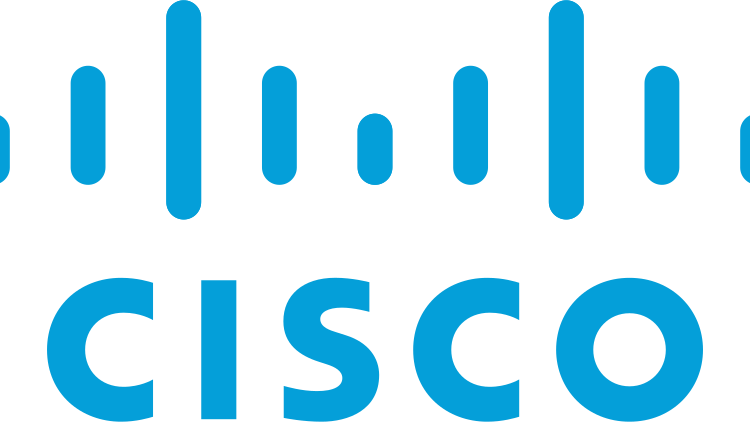Investors are turning to equal-weight strategies to balance their portfolios
- Investors are looking at incorporating equal-weight index funds to diversify
- Equal-weight strategies give equal weight to each component of the index
- Equal-weight index funds tilt towards value-oriented and mid-to-smaller-cap stocks
- Investors are seeking alternatives to the top-heavy and growth-focused market-cap-weighted S&P 500
- Equal-weight ETFs have seen significant inflows in recent years
- Equal-weight ETFs have performed well compared to the market-weighted SPDR S&P 500 ETF
- Equal-weight strategies generally perform well during accelerating profit growth
- Investors should consider replacing one-third of their large-cap weighted ETFs with equal-weight ETFs
- Equal weight outperforms over time, according to research from S&P Dow Jones
Many investors are looking to diversify their portfolios and reduce concentration risk by incorporating equal-weight index funds. These funds give equal weight to each component of the index, tilting the portfolio towards value-oriented and mid-to-smaller-cap stocks. The market-cap-weighted S&P 500, which is top-heavy and growth-focused, has led investors to seek alternatives. In recent years, equal-weight ETFs have seen significant inflows, with investors attracted to their performance compared to the market-weighted SPDR S&P 500 ETF. These strategies also tend to perform well during periods of accelerating profit growth. Financial advisors suggest replacing one-third of large-cap weighted ETFs with equal-weight ETFs to diversify core holdings. While short-term return differences can be stark, equal weight has shown to outperform over time, according to research from S&P Dow Jones.
Public Companies: Apple (AAPL), Amazon.com (AMZN), Alphabet (GOOGL), Meta Platforms (META), Microsoft (MSFT), Nvidia (NVDA), Tesla (TSLA), Invesco (IVZ), First Trust (FT)
Private Companies:
Key People: Nick Kalivas (Head of Factor and Core Equity Product Strategy at Invesco), Matt Dmytryszyn (Chief Investment Officer at Telemus), John Davi (CEO of Astoria Portfolio Advisors), Daniel Milan (Chief Investment Officer at Cornerstone Financial Services)
Factuality Level: 7
Justification: The article provides information about the concentration risk of the S&P 500 due to the dominance of tech-stock behemoths and suggests equal-weight index funds as a way to diversify. It includes data on the performance of different equal-weight ETFs and quotes from investment professionals. The information provided is relevant and factual, without any obvious bias or misleading information. However, the article could have provided more context and analysis on the potential drawbacks and risks of equal-weight strategies.
Noise Level: 6
Justification: The article provides some analysis on the concentration risk of the S&P 500 and the potential benefits of equal-weight index funds. It includes data on the performance of different ETFs and quotes from investment professionals. However, the article lacks scientific rigor and intellectual honesty as it does not provide a balanced view or consider potential drawbacks of equal-weight strategies. It also includes some irrelevant information about the Google Cloud data center and a request for feedback on text-to-speech technology.
Financial Relevance: Yes
Financial Markets Impacted: The article discusses the performance of the S&P 500 index and the potential impact on the market if the top holdings, which are mostly tech stocks, stumble. It also mentions the Invesco S&P 500 Equal Weight ETF as an alternative for investors seeking diversification.
Presence of Extreme Event: No
Nature of Extreme Event: No
Impact Rating of the Extreme Event: No
Justification: The article focuses on financial topics, specifically the performance of the S&P 500 index and the potential risks associated with the concentration of tech stocks in the index. It does not mention any extreme events or their impacts.
 www.marketwatch.com
www.marketwatch.com 





